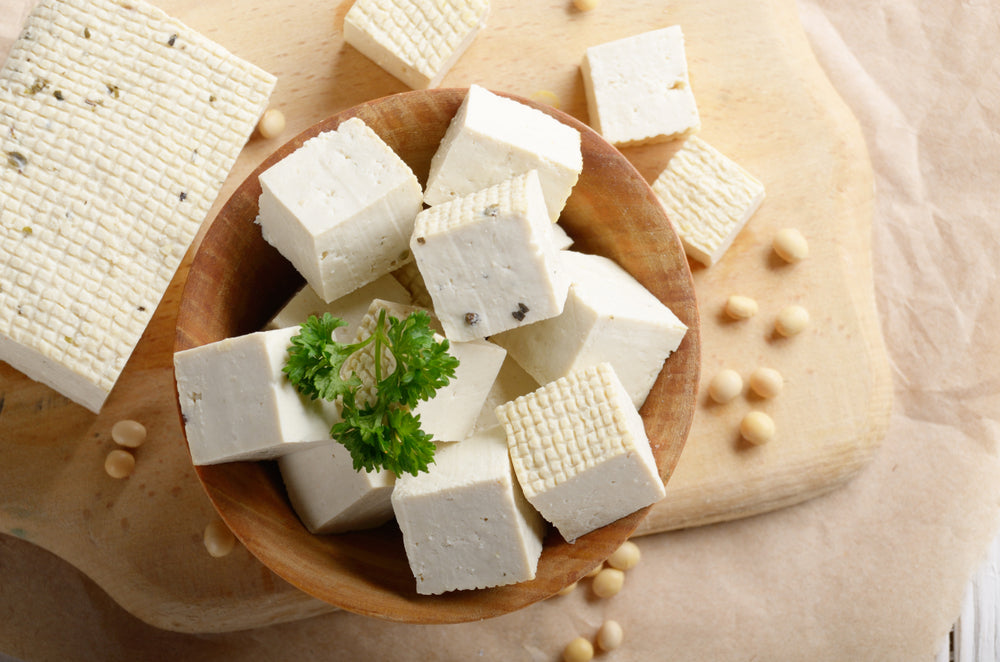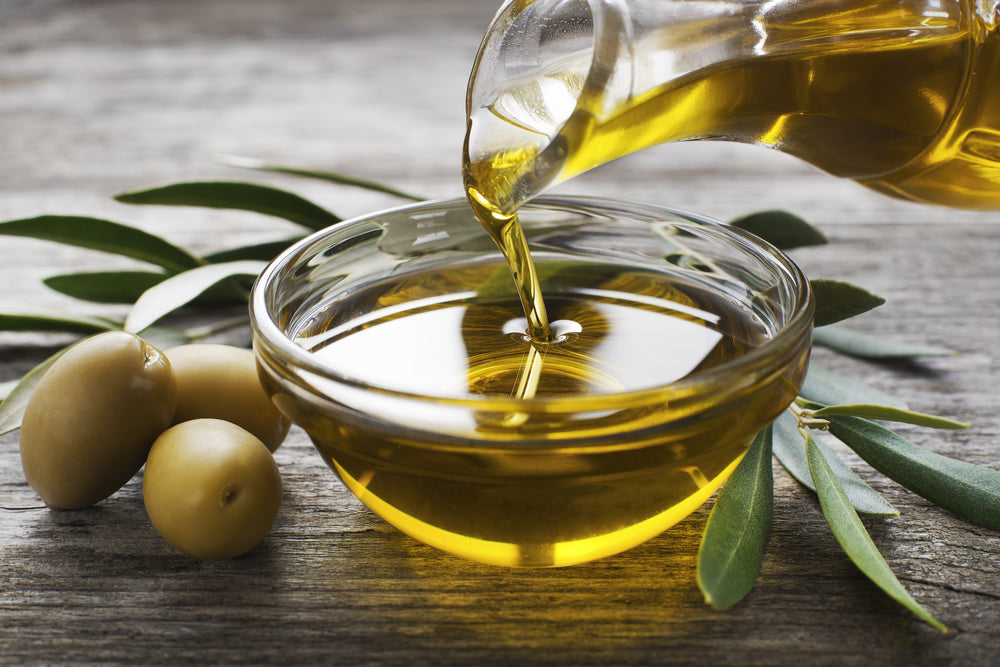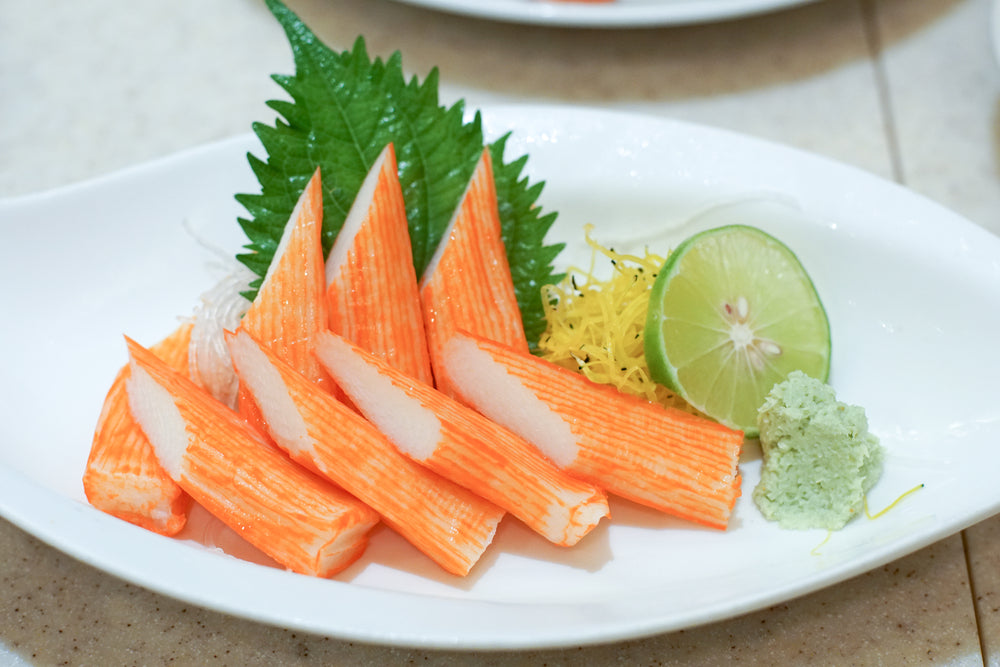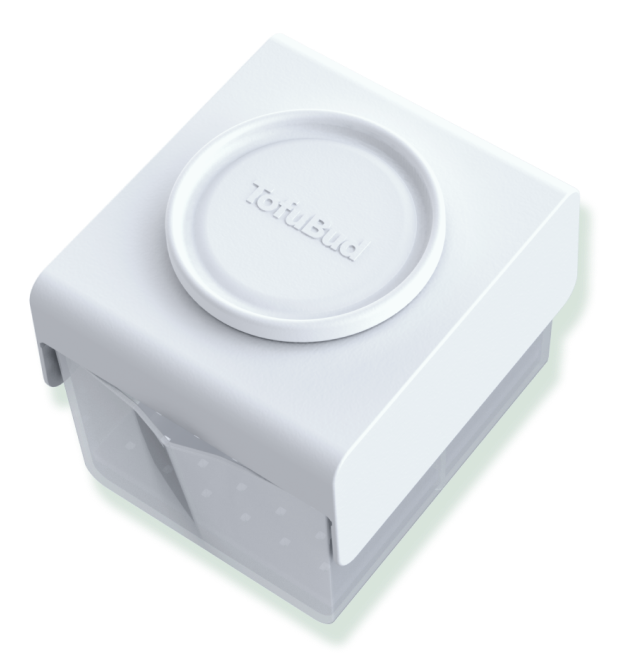While vegans can eat plenty of fresh, whole foods we’ve had countless times before, there are also quite a few things you didn’t know were vegan. Check the boxes of this vegan foods ingredients list to round out your vegan pantry and add some extra excitement into plant-based meals.
When people first commit to veganism, a vegan diet can feel like a huge sacrifice - it’s far too easy to get a little stuck thinking of all the delicious foods you’re giving up (I’m looking at you, cheese!).
Eating vegan certainly comes with giving up some of our favorite animal-based foods. Still, I encourage anyone new to veganism to reframe the change and shift your attitude towards all of the fresh new vegan foods you haven’t yet discovered.
Vegan cooking requires some creativity, but with a few unusual ingredients, you’ll be pretty surprised by how creative and nutritious the meals you make can be.
We’ve listed the most unique yet often-used ingredients in vegan cooking for you - foods you didn’t know were vegan and weird vegan food you’ve never even heard of before.
Learn more below about cooking with aquafaba, nooch, and other vegan staple foods that come in handy in a well-stocked vegan pantry.
Unexpected Vegan Foods: The Essential List of 10 Vegan Diet Staples
Take a look at this vegan and vegetarian ingredients list that can help you recreate some classic animal-based meals from plant-based sources instead.
#1: Nutritional Yeast
Nutritional yeast is surprisingly vegan as it is, or was, technically living, but all vegans agree cultured yeasts are safe for vegan consumption. While these yellow flakes don’t look incredibly appetizing, just one bite will hook you, sending it right to the top of our vegan food list.
This inactive yeast comes from sugarcane and beet molasses, and though it can’t make bread rise, it still has plenty of other uses around your vegan kitchen.
‘Nooch’ is one of our favorite vegan kitchen essentials because you can use it to replace cheese in recipes or simply sprinkle it on top of any dish to add a salty, nut, and cheese flavor. It makes an uncanny replacement for Parmesan cheese.
Bonus: It’s right in the name - nutritional yeast makes things taste like cheese, but it is much better for you than cheese, with a load of vitamin and mineral content, like vitamin B12, thiamine, folate, and zinc.
Use nooch in vegan cheese sauces, soup, or a batch of popcorn or baked kale chips.
#2: Tempeh and Tofu
Tempeh and tofu are soy-based foods that will ensure you’re getting the hardest macronutrient for vegans to come by - protein.
Tempeh
Tempeh is a fermented soybean block with a nutty, earthy flavor from the fermentation process that makes these strips taste a little like bacon. We use it everywhere you’d put bacon - tempeh makes a great salad topper, breakfast protein, or sandwich filler.
The preparation is so simple it’s almost non-existent. Though you can steam and marinate your tempeh before cooking, you can also find pre-marinated versions in most grocery stores. Slice and fry your tempeh to heat before serving.
Tempeh also contains essential fiber, vitamins, and a nice kick of healthy probiotics, making it one of the most mighty, nutritious vegan products.
Try some tempeh in a sandwich, grilled on the BBQ, or in your favorite noodle stir fry.
Tofu
If your past experiences with tofu were terrible, we’re here to let you know - it wasn’t tofu’s fault! This protein is anything but bland and soggy when prepared the right way.
This block of soybean curds needs a press and marinade before cooking to absorb any delicious flavor of your choice.
On another note, you’ll want to buy the right tofu for the job at hand - firm or extra-firm tofu is mean for frying, grilling, or baking, whereas soft and silken should replace cream and milk in soft recipes, as they never firm up.
Try adding crispy firm tofu to ramen or stir-fries, and use softer varieties as a creamy addition to salad dressing or soup.
#3: Seitan
Seitan is one of the stranger sounding vegan food ingredients, but it’s another favorite vegan protein and one of the few that doesn’t have a bean or lentil base.
This protein contains vital wheat gluten, giving it a much closer texture and chew than other vegan replacements. Seitan isn’t suitable for anyone on a gluten-free diet as its main ingredient is wheat-based, but we strongly suggest any other vegan tries this adaptable, delicious meat replacement!
Use seitan to make vegan ribs, chicken nuggets, sausage, or any other type of mock meat you like!
#4: Jackfruit
At first glance, the thought of eating fruit as a pulled pork substitute sounded strange, but one bite told us a whole different story - jackfruit, when treated with the proper spices and sauces, tastes incredibly similar to some red meats.
The jackfruit contains some sweetness, which blends well with BBQ sauce, provided you use a less-ripened, less-sweet jackfruit to keep the flavor well-balanced.
Use a jar or can of young green jackfruit to make your vegan pulled pork dreams come true!
#5: Miso
Miso is yet another soy-based product, but one with a very different purpose than tempeh and tofu.
This ancient fermented food hails from Asia, adopted by the vegan community as an excellent way to add some robust umami flavor that amps up vegetarian dishes.
You can find white, yellow, or red miso, all fermented with a slightly different grain mix and for varying lengths of time - white and yellow are much milder and a little sweeter than red, intense, miso.
A little goes a long way for this soybean paste; a spoon or two is all you need to take any recipe all the way to flavor town.
Use miso paste in your favorite stir-fry, soup, pad thai, or Asian-inspired wonton nachos.
#6: TVP
TVP, also called textured vegetable protein, is a dehydrated soy-based product that can replace meat easily. In its dry form, TVP is practically weightless, making it a fantastic choice for camping.
It’s high in protein, contains no fat, and makes a fantastic substitute for ground beef, chicken, or turkey.
Add TVP into your favorite tacos, chili, or tomato sauce for some hearty yet light, vegan protein.
#7: Gram Flour
Gram flour is another of our favorite vegan essentials, often referred to as chickpea flour, too.
Makers grind chickpeas into a powdery flour standard in much Indian cooking like pakoras, flatbread, and more. It’s high in fiber, iron and offers plenty of protein.
Chickpeas flour makes an excellent gluten-free alternative for anyone who can’t consume wheat flour. You can even use it as a vegan egg substitute or soup thickener - it’s one of the most multifunctional vegan ingredients you can stock!
Use chickpea flour anywhere you would use wheat flour in pancakes or bread, omelets, and vegan quiche.
#8: Agar Agar
The names might be sounding stranger and stranger, but bear with us. This Japanese vegan gelatin substitute comes from boiled seaweed and is super handy to thicken jelly, jam, pudding, and even ice cream.
To use the flakes or powder, you must first dissolve them in liquid and simmer on the stovetop.
#9: Aquafaba
Another chickpea ingredient makes our list! This ingredient might seem a little gross, but the cloudy, slightly white fluid that fills your can of chickpeas deserves saving - you can try it in plenty of recipes to thicken much in the way an egg would.
Whip it up into vegan meringue, chocolate mousse, and vegan ice cream!
#10: Black Salt
We had a particularly tough time giving up eggs during our vegan transition; luckily, black salt was there to save the day!
Black salt, also called Kala Namak, has a sulfuric stink that is strikingly similar to that cooking egg smell and is often tossed into a tofu scramble to make it far more egg-like. This vegan ingredient is inexpensive and healthier than regular salt, with a lower sodium content and some digestive aid.
Use black salt in vegan egg scrambles, ramen, and pad thai to give that distinctly eggy quality and taste.
Final Notes: Transitioning Your Plant-Based Pantry
If you’re toying with veganism or transitioning to the lifestyle, we don’t recommend going out and buying up this entire list of vegan foods. Start slowly replacing your pantry with a few vegan ingredients as you come across recipes that interest you.
Going slow will save you some considerable up-front costs and help you determine which of these ingredients you’ll actually use in the recipes you make most often.








Leave a comment (all fields required)